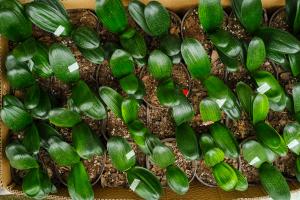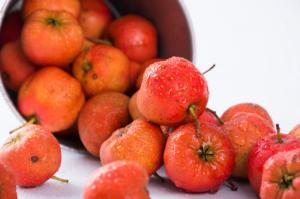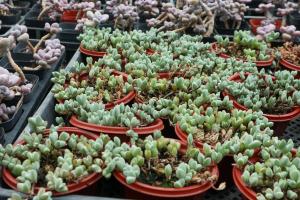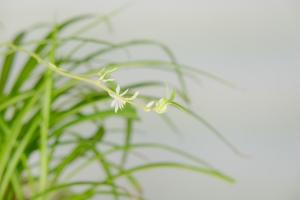Annual Plants: Definition, Examples, and Benefits
Annual plants are species of plants that complete their lifecycle in just one growing season or one year. Unlike perennial plants, annuals sprout from seeds, grow, produce flowers, fruits or seeds, and die all within one season. Although they may not be as long-lived as perennials, annuals play a crucial role in the ecosystem and have a variety of benefits for gardeners and farmers.
Characteristics of Annual Plants
Annual plants grow quickly, bloom profusely, and produce seeds within a short lifespan, typically 3-6 months. They do not have a woody stem and often have soft, green foliage. They are usually self-seeding, meaning they reproduce by dropping their seeds on the ground for the next year's growth cycle. Annuals are also known for their vibrant colors, which make them popular in gardens, landscapes, and containers. Popular annuals include marigolds, petunias, zinnias, and sunflowers.
Benefits of Annual Plants
Annual plants have many benefits for both the environment and gardeners. Some of their benefits are:
Easy to grow: Annuals are easy to grow from seeds, making them a favorite among novice gardeners.
Attract pollinators: Annuals produce large, showy flowers that attract bees, butterflies, and other pollinators to the garden, improving the chances of successful pollination.
Provide instant color: Annuals are excellent for adding pops of color to landscapes, gardens, and containers. They come in a variety of colors and bloom throughout the season, ensuring gardeners have continuous color.
Fill in gaps: Annuals can be used to fill in gaps in the garden or replace perennials that have finished blooming.
Improve soil quality: Annuals with deep roots can help break up compacted soil and improve soil quality.
Can be used for food: Some annuals, such as tomatoes and peppers, are grown for their fruits and can be used for food.
Conclusion
Annual plants are a vital component of the ecosystem and have many benefits for gardeners and farmers. They provide instant color, attract pollinators, and can be used to fill in gaps in the garden. Plus, they are easy to grow from seed and can help improve soil quality. Overall, annual plants are an excellent addition to any garden or landscape, and their bright colors and quick growth make them a popular choice for gardeners worldwide.

 how many times do yo...
how many times do yo... how many planted tre...
how many planted tre... how many pine trees ...
how many pine trees ... how many pecan trees...
how many pecan trees... how many plants comp...
how many plants comp... how many plants can ...
how many plants can ... how many plants and ...
how many plants and ... how many pepper plan...
how many pepper plan...
































